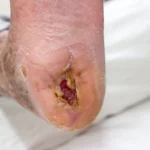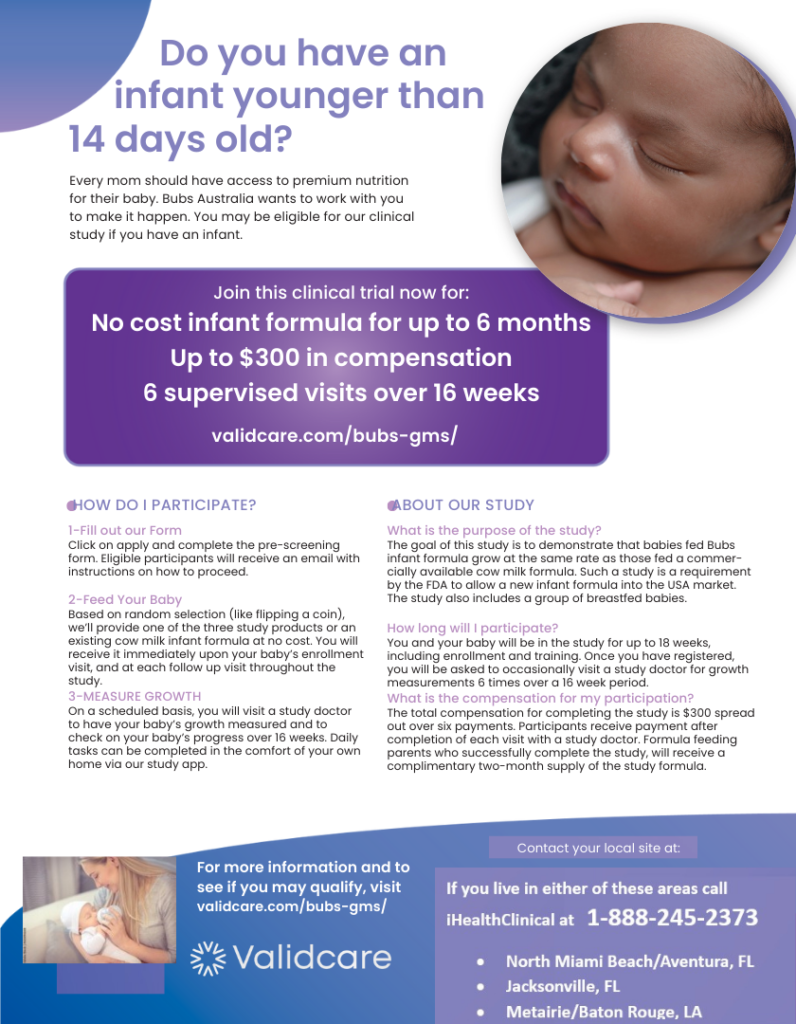The Transformative Role of AI in Clinical Trials
Mar 22, 2025Navigating Greek Life in College with Type 1
Jan 15, 2025The Awesomeness of the Patient Professor Academy
Dec 23, 2024Giving Thanks
Nov 23, 2024Here’s Why Diabetic Foot Ulcers Remain An Existential Threat For Diabetics — Even When Using Insulin Correctly
- Lemetria Whitehurst, RN
- 13 Minutes Read Time
Disclaimer: This article contains graphic images which some readers may find disturbing.
Diabetic Foot Ulcers are a major yet preventable complication of type 2 diabetes. Photo Credit: Adobe Stock
For people living with type 2 diabetes, having access to the most up-to-date research information about disease management can be a life-or-death issue.
The risk of complications from poorly managed diabetes can be disastrous, with diabetic foot ulcers as one of the most common and severe diabetes complications. They cause considerable suffering and frequently recur. The daily burden and costs associated with living with diabetic foot ulcers are significant, as the threat of limb amputation becomes a reality the longer a resistant wound goes without healing.
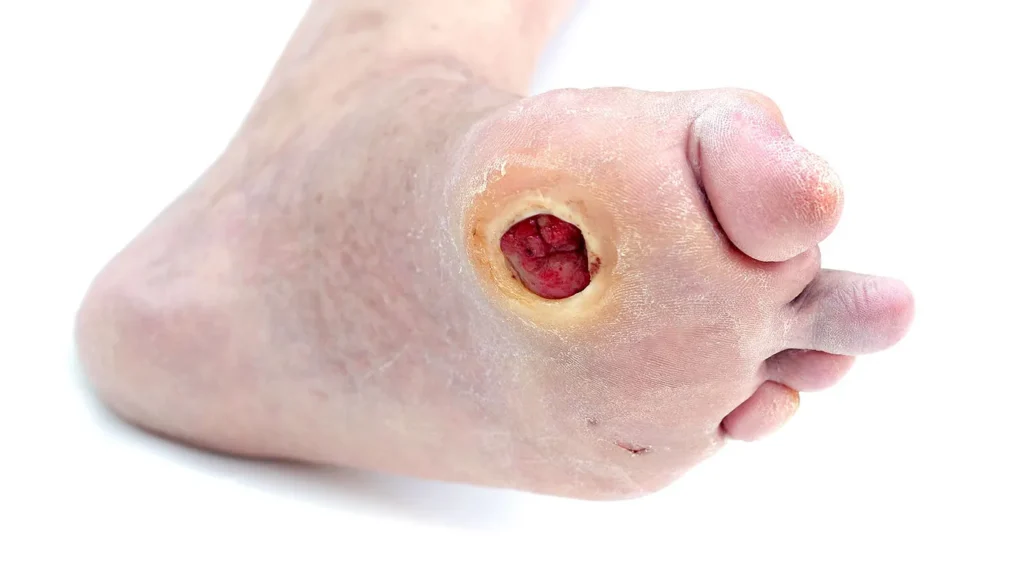
Diabetic Foot Ulcers are notorious for their resistance to treatment and healing.

However, newer studies offer hope and even the possibility of sending type 2 diabetes in remission, thus eliminating the risk of developing this troublesome ailment.
Current research shows the longer patients go with elevated blood sugar levels, regardless of whether they use insulin, oral treatments, or remain untreated, the higher their risk of eventually developing this deadly complication.
A staggering statistic shows that the 5-year survival prognosis after presenting with diabetic foot ulcers is only 50–60%, far worse than many cancers. For patients diagnosed with foot ulcers, 40% of them will experience a new ulcer within 12 months.
Let’s dive into the crisis of diabetic foot ulcers and how patients can take charge of their health and nutritional intake to prevent one of the most dangerous complications of type 2 diabetes.

What are Diabetic Foot Ulcers?
Diabetic foot ulcers begin their path of destruction as small red bumps on the soles of feet which progress to sores.
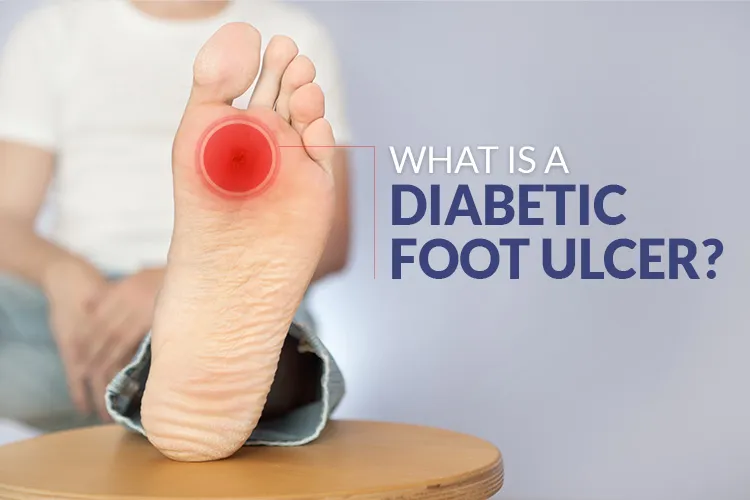
They form due to a defective healing process causing the loss of sensation, also known as peripheral neuropathy. This progressive nerve damage results from prolonged high blood glucose levels. The nerve damage presents as numbness, tingling, or a pin-and-needles sensation.
Another contributing factor is peripheral vascular disease, where narrowed arteries limit the amount of blood flow available for lower limb circulation.
The loss in sensation in the lower extremities is subtle, and unsuspecting diabetics do not notice the emerging wounds developing on the bottom of their feet.
As a result, the sores eventually progress to chronic wounds, leading to devastating complications including:
- Infection
- Systemic inflammation leading to the onset of kidney failure and the “pollution” of the body as it’s no longer able to filter waste
- Necrosis: tissue death
- Sepsis: a potentially deadly medical emergency caused by the body’s response to infection where the blood becomes infected
- Gangrene: Dead tissue caused by infection or restricted blood flow
Recent studies show that over 30% of diabetic patients over the age of 40 develop foot ulcers directly related to a combination of hypertension and poor nutrition low in essential dietary micronutrients. Of that 30 percent, 20% of them develop moderate to severe complications, which may result in gangrene and limb amputation.
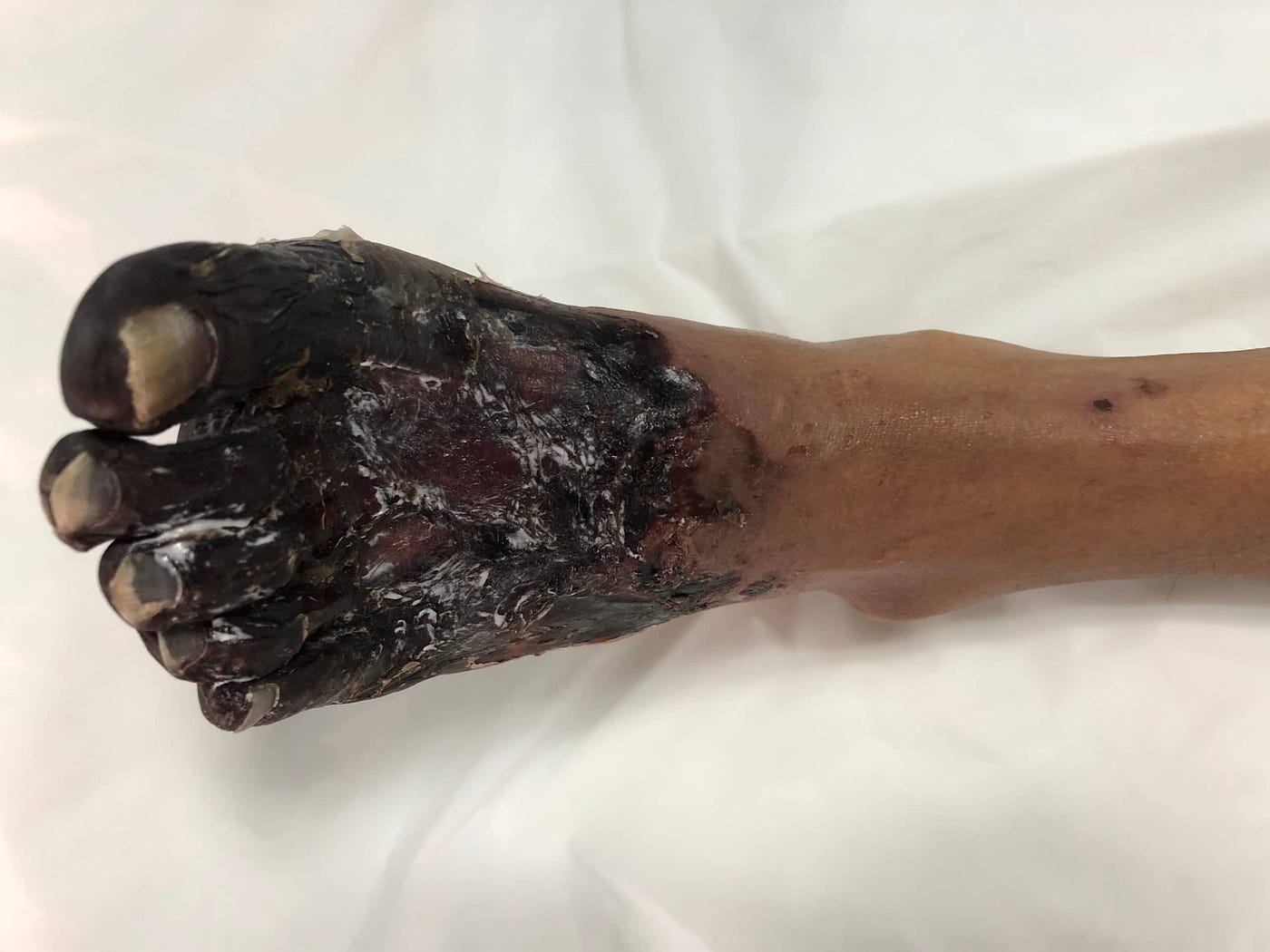
Amputation can lead to disability, lengthy hospitalizations, costly medical treatment, and premature death. A 2020 study reported by the International Journal of Surgery Case Reports, shows that the yearly rate of diabetic foot ulcer related amputation has increased from 1.5 to 3.5 cases per 1000 patients over the past ten years. And current statistics show the epidemic is only getting worse.
Current methods of medical treatment for Diabetic Foot Ulcers
Current methods of treatment include antibiotics and wound care as the primary initial methods of treatment for diabetic foot ulcers.
However, if the ulcers do not respond to those treatments, more aggressive modes of treatment are required, these can include:
Hyperbaric Oxygen Therapy (HBOT)
This type of wound care therapeutic requires the patient to enter a chamber where they are exposed to 100% oxygen while atmospheric pressure is increased.

HBOT requires patients to visit a wound clinic up to five times per week for 4–6 weeks and sit in the oxygenated chamber for about 90 minutes at each visit.
While patients report they feel it is effective, increases their quality of life, and are satisfied with wound healing, HBOT is costly and requires a substantial time commitment to complete.
Debridement
Debridement is a medical term describing the removal of dead, injured, or infected tissue.

It improves the healing potential of the remaining healthy tissue surrounding the wound. However, since the procedure involves deep tissue scraping and cutting or the application of flesh-dissolving chemicals, it can be a painful albeit effective method for removing infectious, decaying tissue.
Maggot Debridement Therapy
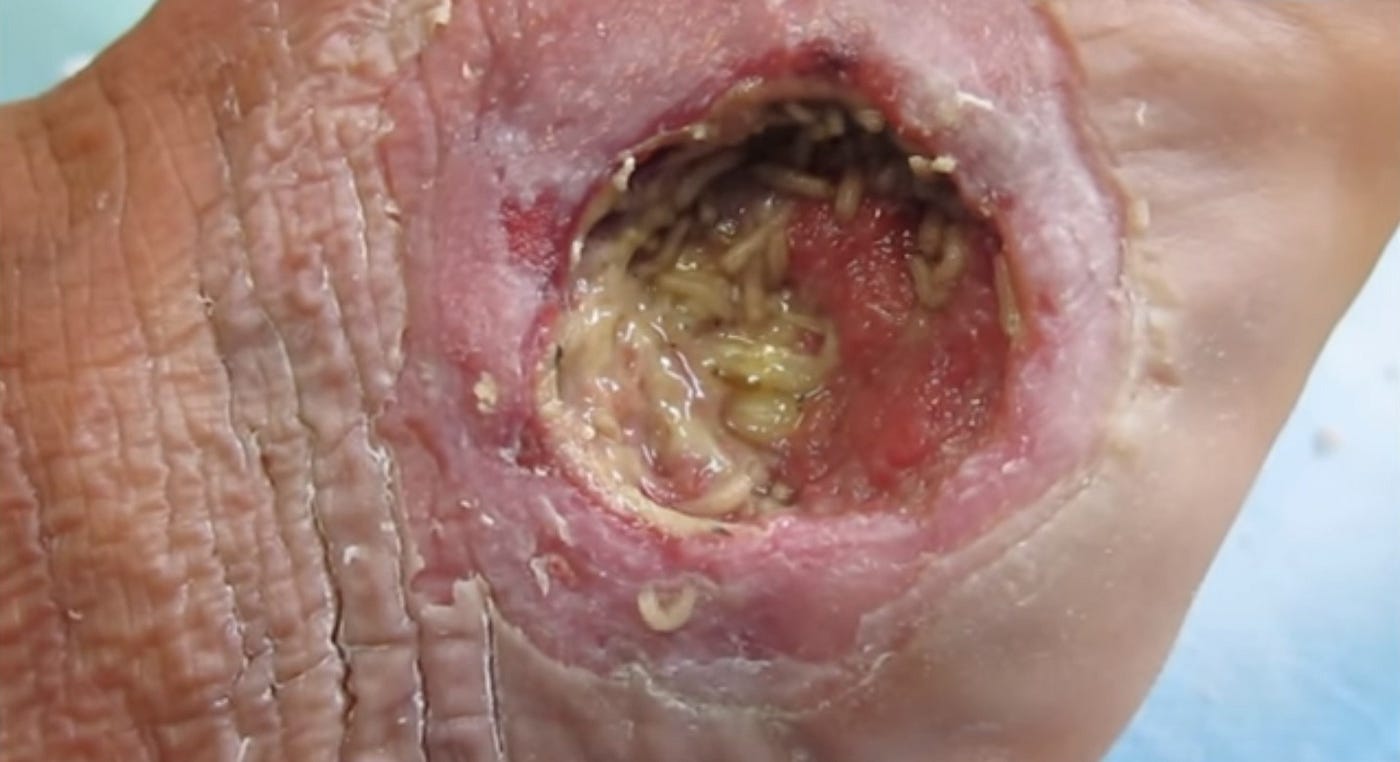
This emerging treatment is also known as larval therapy, where under sterile conditions, fly larvae (maggots) are applied to dying wound tissue where they consume the bacteria contributing to disease and promote wound healing and healthy tissue growth.
How a lack of nutritional knowledge contributes to the prevalence of Diabetic Foot Ulcers
When it comes to optimal prevention and treatment of diabetic foot ulcers, it’s best to utilize proper nutrition to treat wounds from the inside as well as outside. New scientific data suggests that the lack of nutritional knowledge in diabetes management contributes to the overall progressive decline in health in diabetic patients, leaving them more susceptible and vulnerable to developing these life-threatening foot ulcers.

Type 2 diabetes results from prolonged dietary sugar and carbohydrate excess. Insulin, the pancreas-produced hormone responsible for removing sugar from the bloodstream, becomes ineffective, thus creating a toxic sugar level in the blood. As time progresses, the presence of excess sugar in circulating blood destroys tissues, organs, and blood vessels.
A 2017 study released by Nutrients showed the need to revise dietary guidelines due to the failure of USDA recommendations (low-fat, whole grain-rich diet) to control the current epidemic of diabetes.
Healthcare providers need more education on nutritional diabetes management
In 2014, a study assessed doctors and nurses on their knowledge and attitudes about nutritional management of diabetes. The average score was 48% out of 100.
Both groups scored high on questions about their awareness of the importance of nutrition in diabetes management.

However, their lack of knowledge was most profound in understanding the role of dietary fat in treating diabetes, the definition of glycemic index, and accurately recognizing foods containing carbohydrates and monounsaturated fats.
These results are concerning, as 90% of doctors and nurses routinely provide nutritional advice to diabetic patients, and 56% prescribe diets for those patients. Unfortunately, this translates to a lack of knowledge or awareness in diabetic patients, who look to healthcare professionals for proper dietary guidance.
Animal-based low-carb vs Plant-based low-carb
The latest studies show that for the best outcome, a low-carb diet should be the first point of attacking type 2 diabetes, complete with higher protein intake and healthy fats for adequate wound healing.
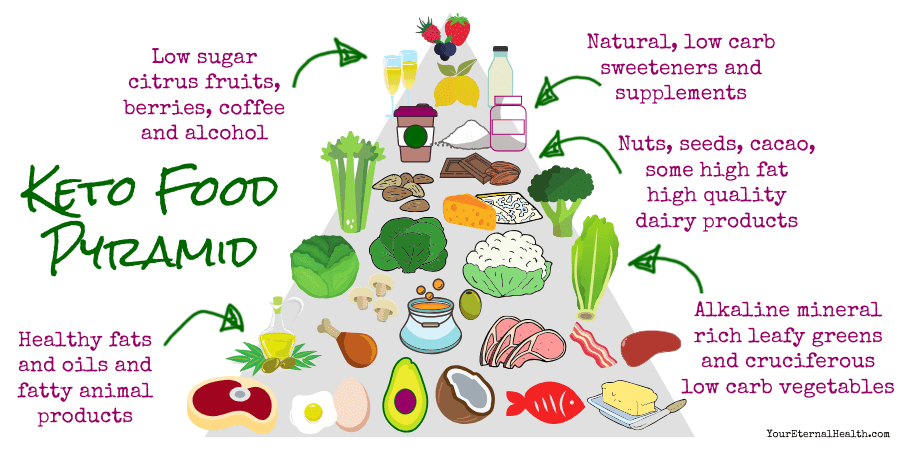
Research shows that animal-based low-carb diets are better suited in treating diabetic ulcers when compared to plant-based low-carb diets due to the inherent presence of carbohydrates found in fruit and vegetables.
Depending on the glycemic index of the fruit and vegetables, their impact on the healing of diabetic foot ulcers can be profound, as the body can no longer adequately remove sugar from the blood, including the sugar naturally present in starchy fruits and vegetables.

The ketogenic diet, a form of low-carb living, has shown incredible promise and even the ability to send type 2 diabetes into remission!
Nursing recommendations for deficient knowledge related to type 2 diabetes dietary modifications
Diabetic foot ulcers limit mobility and independence, setting the stage for chronic depression and declining health. The focus of diabetes education should be rooted in patient empowerment and addressing the changes needed in health behavior and self-care.
By providing holistic information and education to diabetic patients, healthcare providers can dramatically increase adherence to the nutritional regimen and improve clinical outcomes.
Due to the prevalence of the diabetes epidemic, it is imperative that providers must start including the ketogenic/low carb diets into the conversation as the threat of amputation and costly, painful treatments can be devastating.
Patients need to know they have options and are still in control of their health. It is not too late to make dietary changes and reverse the disease course even once ulcers have formed. When used in conjunction with traditional diabetic foot ulcer therapeutics, favorable outcomes are promising.
Although the tide is changing, there are still antiquated references promoting low-fat, whole grain-rich diets for people with diabetes.
Those recommendations are no longer supported by the latest scientific research, which shows that diabetic patients should drastically reduce carbohydrate intake to a ketogenic level of no more than 20 grams of carbohydrates consumed per day. In addition, increased protein intake is necessary for wound healing. Protein helps support:
- Wound elasticity and strength
- The immune system’s response to infection
- Rebuilding collagen
New recommendations also state that people with type 2 diabetes should incorporate periods of fasting in their therapeutic low-carb lifestyle. Fasting allows the body to rest, focusing on healing instead of digesting food and waste, and decreases blood sugar naturally.

For a holistic approach, the healthcare provider must assess the skills and self-care behaviors of patients who’ve had diabetes for many years. They are at the most significant risk of developing these damaging complications.
Healthcare providers also need to explain to patients that medication levels may need to be adjusted when fasting, not eating or when low blood sugar is possible.
A comprehensive educational approach can help prevent and eliminate Diabetic Foot Ulcers
To combat this epidemic, everyone has an important role to play.

All healthcare team members need to have proper nutritional training. While registered dieticians are helpful, they typically do not have as much regular contact with patients during routine office visits as doctors and nurses do.
For diabetic patients, foot ulcers can be 100% preventable when patients are proactive and take adequate precautions to protect feet from injury. Diabetic patients should always wear protective shoes when at home to minimize the risk of something becoming lodged in bottom of their feet.
With decreased feeling in the lower extremities, a person with diabetes is far less likely to notice the injury. While the threat of diabetes complications remains ever-present, with proper education and disease management, diabetic patients will become empowered and armed with the tools necessary to prevent destructive foot ulcers.
Health Disclaimer
All information, including but not limited to text, graphics, images, and other material provided, is intended for your general knowledge and is for informational purposes only. While I have extensive medical knowledge and experience as a registered nurse, the information herein is not intended to replace medical advice offered by physicians. Always consult your physician regarding personal medical concerns. Never delay seeking professional medical advice because of something you have read on this website.
References
Westman, E.C., Yancy, W.S., Mavropoulos, J.C. et al. The effect of a low-carbohydrate, ketogenic diet versus a low-glycemic index diet on glycemic control in type 2 diabetes mellitus. Nutr Metab (Lond) 5, 36 (2008). https://doi.org/10.1186/1743-7075-5-36
Quain, A. M., & Khardori, N. M. (2015). Nutrition in Wound Care Management: A Comprehensive Overview. Wounds : a compendium of clinical research and practice, 27(12), 327–335.
Albosta, M., Bakke, J. Intermittent fasting: is there a role in the treatment of diabetes? A review of the literature and guide for primary care physicians. Clin Diabetes Endocrinol 7, 3 (2021). https://doi.org/10.1186/s40842-020-00116-1
Health Quality Ontario (2017). Hyperbaric Oxygen Therapy for the Treatment of Diabetic Foot Ulcers: A Health Technology Assessment. Ontario health technology assessment series, 17(5), 1–142.
Jeffcoate, W. J., Vileikyte, L., Boyko, E. J., Armstrong, D. G., & Boulton, A. (2018). Current Challenges and Opportunities in the Prevention and Management of Diabetic Foot Ulcers. Diabetes care, 41(4), 645–652. https://doi.org/10.2337/dc17-1836
Maier, H. M., Ilich, J. Z., Kim, J. S., & Spicer, M. T. (2013). Nutrition supplementation for diabetic wound healing: a systematic review of current literature. Skinmed, 11(4), 217–225.
University of Alabama at Birmingham. (2014, July 24). Low-carb diet recommended for diabetics. ScienceDaily. Retrieved December 6, 2021 from www.sciencedaily.com/releases/2014/07/140724132354.htm
Goldenberg J Z, Day A, Brinkworth G D, Sato J, Yamada S, Jönsson T et al. Efficacy and safety of low and very low carbohydrate diets for type 2 diabetes remission: systematic review and meta-analysis of published and unpublished randomized trial data BMJ 2021; 372 :m4743 doi:10.1136/bmj.m4743
Maier, H. M., Ilich, J. Z., Kim, J. S., & Spicer, M. T. (2013). Nutrition supplementation for diabetic wound healing: a systematic review of current literature. Skinmed, 11(4), 217–225.
Shabhay, A., Horumpende, P., Shabhay, Z. et al. Clinical profiles of diabetic foot ulcer patients undergoing major limb amputation at a tertiary care center in North-eastern Tanzania. BMC Surg 21, 34 (2021). https://doi.org/10.1186/s12893-021-01051-3
Heller, T., Maislos, M., & Shahar, D. (2007). Harefuah, 146(9), 670–735.
Kaufman-Shriqui V, Salem H, Birk R, Boaz M. Nutrition Knowledge Translation Performance in Health Professionals: Findings from the 2017 Unified Forces Preventive Nutrition Conference (UFPN). Nutrients. 2019;11(2):390. Published 2019 Feb 13. doi:10.3390/nu11020390
Paoli, A., Rubini, A., Volek, J. et al. Beyond weight loss: a review of the therapeutic uses of very-low-carbohydrate (ketogenic) diets. Eur J Clin Nutr 67, 789–796 (2013). https://doi.org/10.1038/ejcn.2013.116
Diabetes and COVID-19: Population Impact 18 Months Into the Pandemic Edward W. Gregg, Marisa K. Sophiea, Misghina Weldegiorgis Diabetes Care Sep 2021, 44 (9) 1916–1923; DOI: 10.2337/dci21–0001
Zimmet, P.Z. Diabetes and its drivers: the largest epidemic in human history?. Clin Diabetes Endocrinol 3, 1 (2017). https://doi.org/10.1186/s40842-016-0039-3
Hall KD, Guo J, Courville AB, et al. Effect of a plant-based, low-fat diet versus an animal-based, ketogenic diet on ad libitum energy intake. Nat Med. 2021;27(2):344–353. doi:10.1038/s41591–020–01209–1
NIH study compares low-fat, plant-based diet to low-carb, animal-based diet
17 Diabetes Mellitus Nursing Care Plans
Eclectic Nurse. SEO Copywriter. Ghostwriter. Nutrition Blogger. Life Enthusiast. Proud Wife and Mom x6 humans and x5 fur-babies.
















